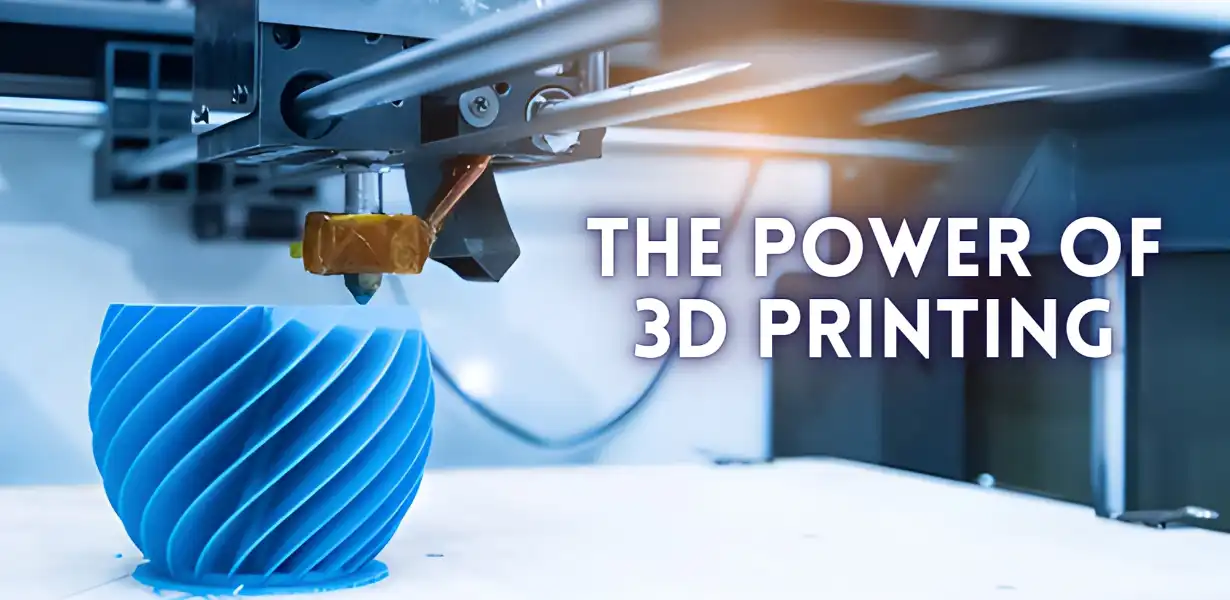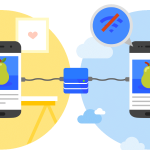
Next-Generation 3D Printing: AI-Driven Prototyping Reshaping Product Development
- Post
- August 7, 2023
- Prototyping, UI/UX Design, Web Design
- 0 Comments
In the ever-evolving landscape of technological advancement, the synergy between artificial intelligence (AI) and 3D printing has ushered in a new era of product development. This blog delves into the transformative power of AI-driven prototyping in the realm of 3D printing, showcasing its impact on innovation, efficiency, and design precision.
The Marriage of AI and 3D Printing
Incorporating Intelligence into Prototyping Tools
The convergence of AI and 3D printing has given birth to a paradigm shift in the prototyping tools landscape. Traditional prototyping processes often required significant manual adjustments, which slowed down product development cycles. With AI-driven prototyping tools, the machine learning algorithms analyze design iterations, enabling rapid identification and rectification of potential flaws. This synergy ensures a more streamlined, error-free prototyping process.
The UX Prototype Example: Elevating User-Centric Design
Revolutionizing User Experience Design
In the realm of UX design, prototyping serves as a cornerstone for refining user experiences. AI-driven 3D printing amplifies this aspect by offering designers the ability to create tangible UX prototypes. By translating digital concepts into physical forms, designers can now immerse themselves in the user journey, identifying pain points and optimizing interactions with unmatched precision.
Enhancing UI Design Prototyping
Precision in UI Design Iterations
AI-driven 3D printing bolsters UI design prototyping by providing designers with a tangible medium to evaluate their creations. Traditional flat-screen representations can’t capture the nuances of spatial relationships and ergonomic considerations. With AI-enhanced prototyping, designers can craft intricate user interfaces that seamlessly integrate aesthetics with functionality, fostering innovation within the UI/UX domain.
The Confluence of AI and Material Science
Advancements in Material Selection
The advent of AI-driven prototyping isn’t solely confined to design refinement. Material science, an integral component of 3D printing, has also experienced a transformation. AI algorithms analyze material properties, compatibility, and structural integrity, enabling designers to make informed decisions about material selection. This results in prototypes that are not only visually appealing but also functionally robust.
Rapid Iteration and Time Efficiency
Accelerating Product Development Timelines
Time is of the essence in product development, and AI-driven 3D printing addresses this demand with unparalleled efficiency. Traditional prototyping cycles could take weeks or even months, hindering agile development. With AI’s computational prowess, complex iterations are executed swiftly, reducing lead times and facilitating dynamic design changes.
The Dawn of Customization
Personalization at Scale
Customization has emerged as a defining feature of modern consumer preferences. AI-driven 3D printing empowers manufacturers to create bespoke products tailored to individual customer needs. From personalized medical devices to customizable consumer goods, this technology converges design flexibility with mass production, granting consumers unique products that resonate with their preferences.
Sustainability in Product Development
Reducing Material Waste
Sustainability is a pressing concern in the manufacturing sector. AI-driven 3D printing contributes to the reduction of material waste by optimizing printing paths and minimizing excess material usage. This eco-conscious approach aligns with the growing emphasis on sustainable practices in product development.
Commonly Asked Questions
Q1: How does AI impact the precision of 3D printing?
AI analyzes design iterations, pinpointing potential flaws for correction, resulting in highly accurate prototypes.
Q2: Can AI-driven 3D printing enhance consumer product personalization?
Yes, AI-driven 3D printing enables mass customization, allowing manufacturers to create unique products that cater to individual preferences.
Q3: How does AI choose the optimal materials for 3D printing?
AI algorithms assess material properties, compatibility, and structural integrity to make informed material selection decisions.
Q4: Is AI-driven prototyping cost-effective for businesses?
Despite initial investment, AI-driven prototyping saves costs in the long run by accelerating product development and minimizing errors.
Q5: What impact does AI-driven 3D printing have on sustainability?
AI optimization reduces material waste, aligning with sustainability goals by minimizing resource consumption.
Bottom Line
AI-driven prototyping has transcended the boundaries of traditional product development, imbuing it with efficiency, precision, and customization. The synergy between artificial intelligence and 3D printing paves the way for a future where innovation knows no bounds. As industries continue to harness this potent partnership, the trajectory of product development is forever altered – ushering in a new era of possibilities.




